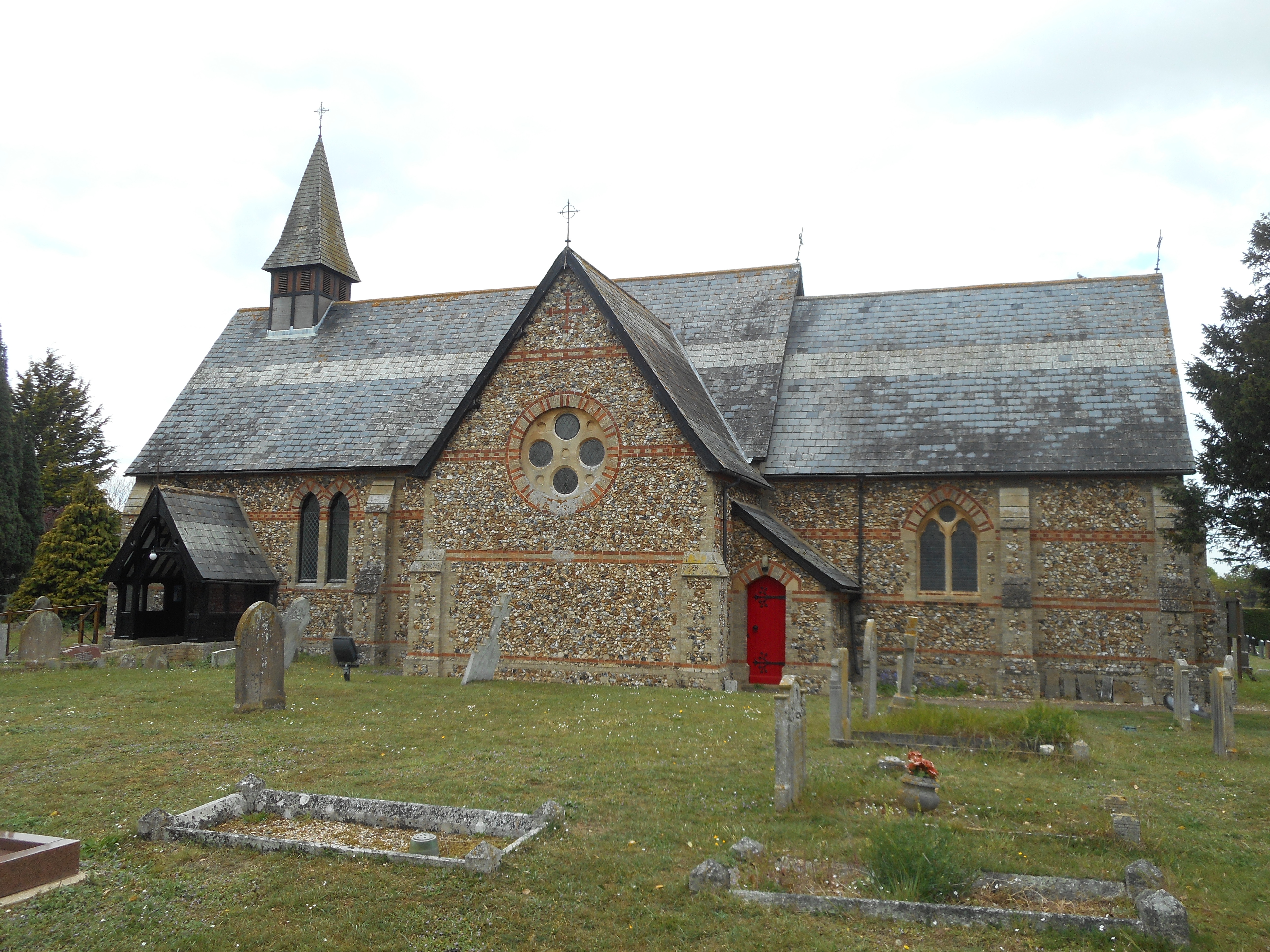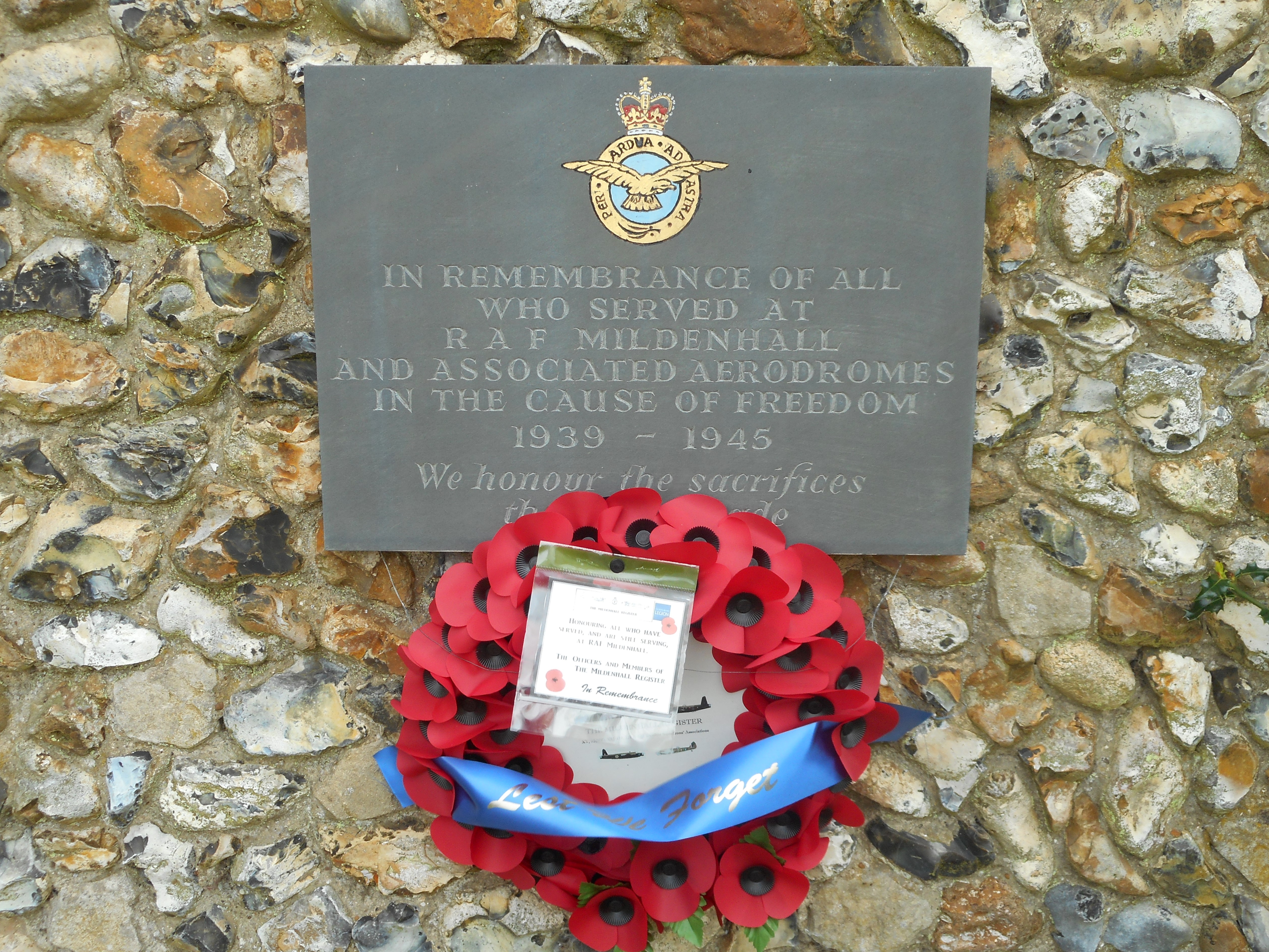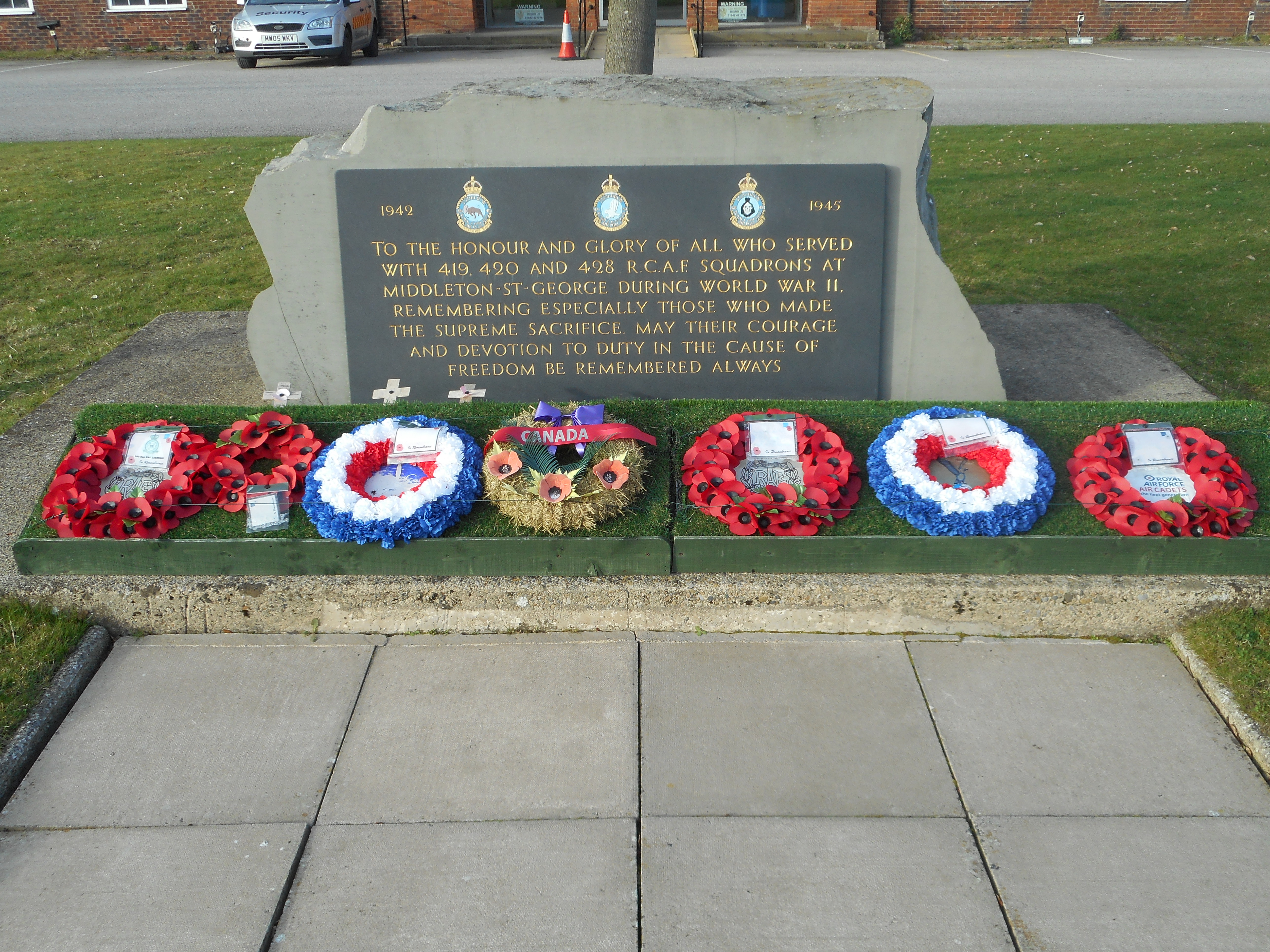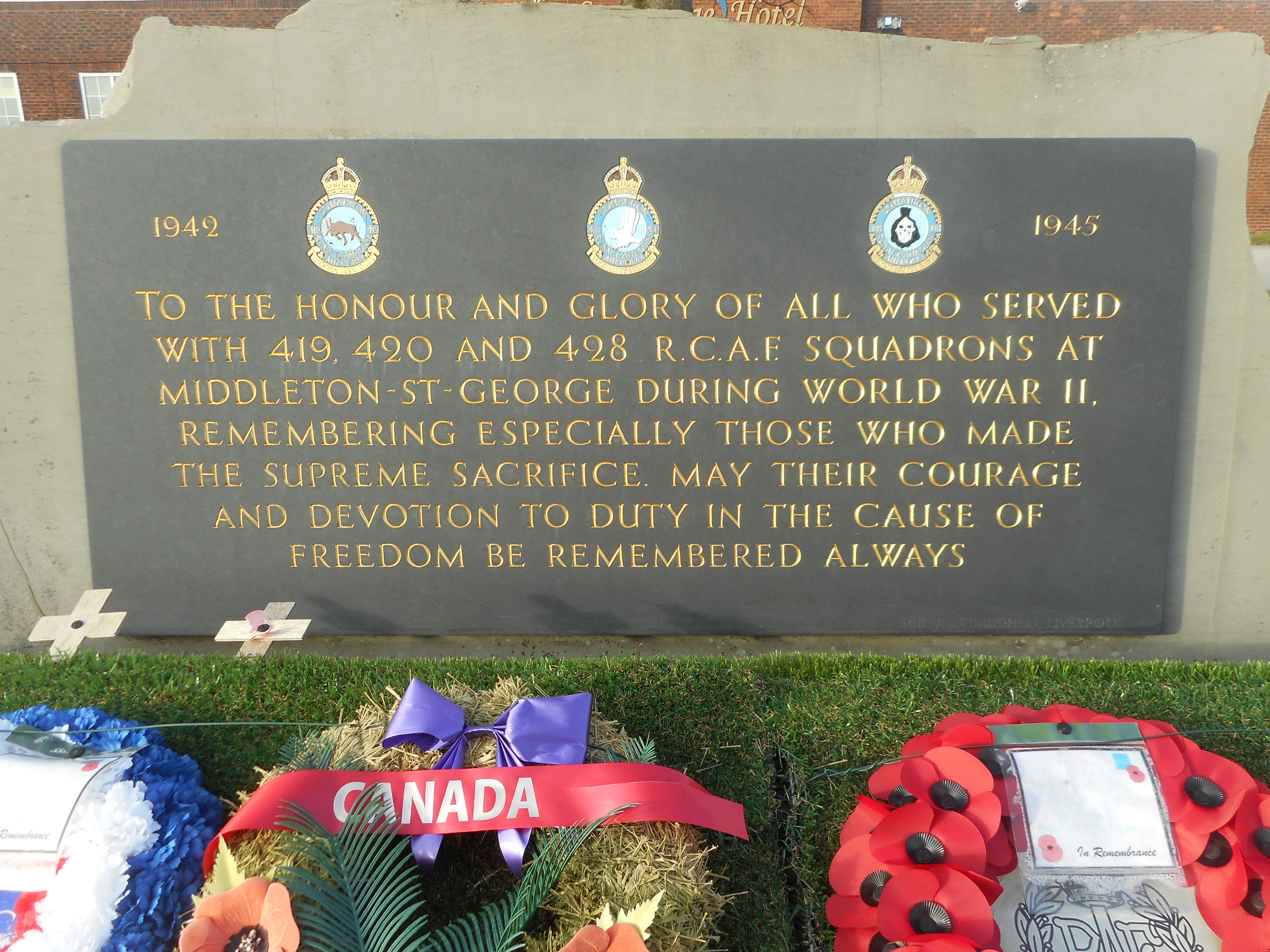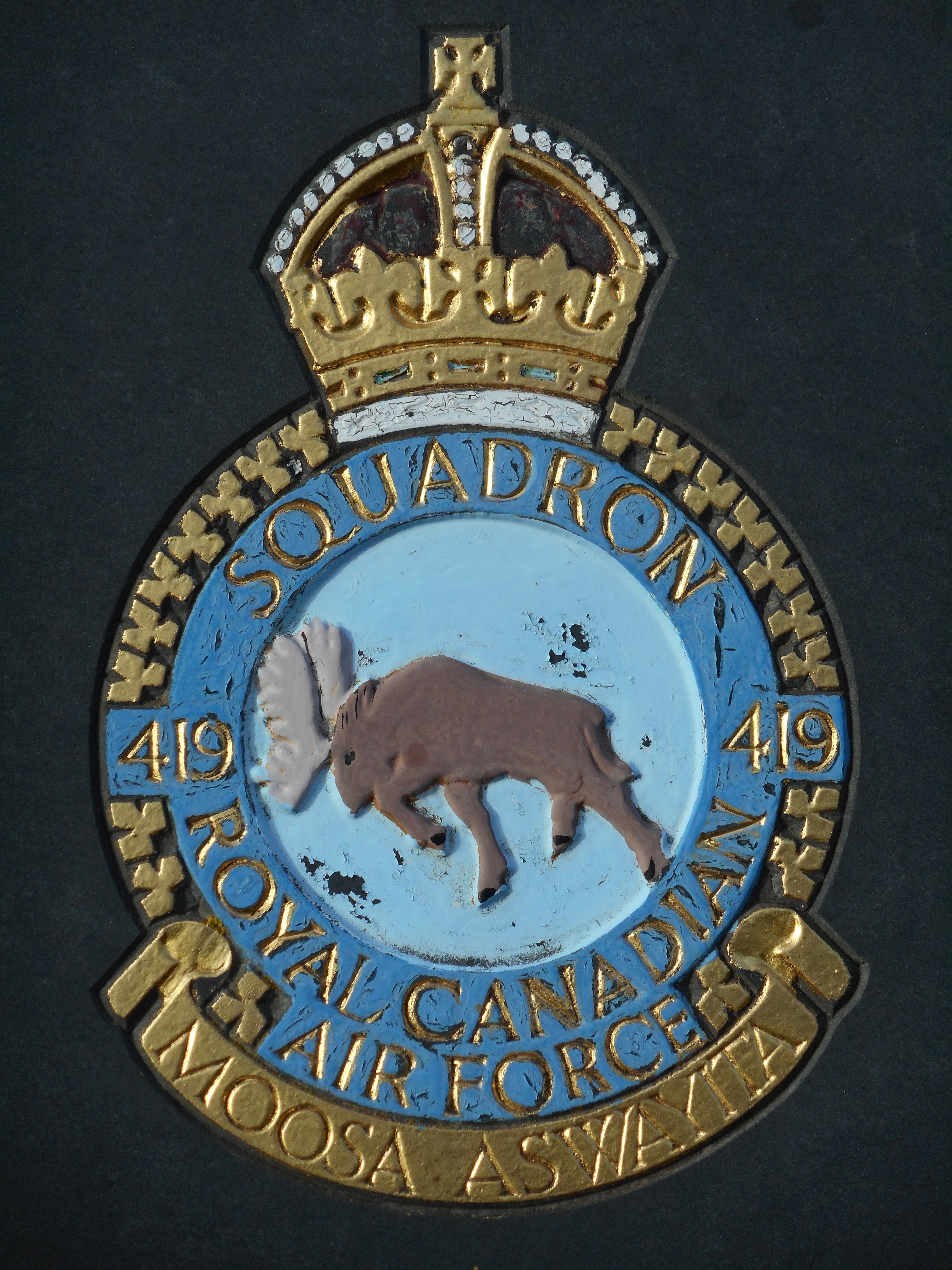Van Geun, Furneaux Montague
Personal Information
| Rank | F/S |
| Forename(s) | Furneaux Montague |
| Surname | Van Geun |
| Gender | M |
| Age | 23 |
| Decorations | |
| Date of Death | 14-07-1942 |
| Next of Kin | Son of Edward Philip Van Geun and Gladys Beatrix Van Geun (née Coleman) of Montreal, Québec. |
Aircraft Information
| Aircraft | Vickers Wellington III |
| Serial Number | X3416 |
| Markings | VR-J |
Memorial Information
| Burial/Memorial Country | United Kingdom |
| Burial/Memorial Place | Runnymede Memorial |
| Grave Reference | Panel 107. |
| Epitaph |
IBCC Memorial Information
| Phase | 2 |
| Panel Number | 257 |
Enlistment Information
| Service Number | R/54999 |
| Service | Royal Canadian Air Force |
| Group | 3 |
| Squadron | 419 (Moose) |
| Trade | WOp/AG |
| Country of Origin | Canada |
Other Memorials
| Location | Church of St. John, Beck Row, Suffolk |
| Country | United Kingdom |
| Memorial Type | Inscribed Slate Tablet on rear external wall of Church |
| Memorial Text | In remembrance of all who served at RAF Mildenhall and associated aerodromes in the cause of freedom, 1939-1945 |
| Location | Outside Former St. Georges Hotel, Teesside Airport, County Durham |
| Country | United Kingdom |
| Memorial Type | Inscribed Slate Memorial Tablet on Stone Memorial |
| Memorial Text | A memorial to Nos 419, 420 and 428 Sqns RCAF who flew from RAF Middleton St George during WW2 |
Miscellaneous Information
| Furneaux was born on 26 June 1919 in Birmingham, England, the son of Edward Philip Van Geun and Gladys Beatrix Van Geun (née Coleman), of Montreal. His father was born in Amsterdam and his mother in Birmingham. His father was a manufacturer, importer, and restauranteur. Furneaux's religion was Jewish. He also had a brother, Kenneth Jordan Van Geun who also served with 419 Squadron as ground staff and survived the war. Furneaux went to the following schools: Alfred Joyce 1925-1928. Guy Drummond 1928-1929; Montreal High 1929-1938. (Jnr. Matric. 1933-1937) and Senior Matric. 1937-1938 (1st year science). For sport he enjoyed swimming, basketball, skiing, tennis and golf. He had also been a handicraft instructor at the YMCA and could do basketry, metal work and was a gym instructor. His work included six months as an apprentice to Metal Craft Manufacturing; as a floor manager at his father’s restaurant and then one month at the Chick ‘n Coop Restaurant. |
| After enlisting on 6 June 1940 he eventually embarked for the U.K. on 20 July 1941, arriving at 3 PRC on 31 July 1941. He then went on to 12 OTU, 22 October 1941, 419 Sqn 26 January 1942 and then returning to 419 Squadron on 19 June 1942 It was from here that Furneaux sadly lost his life less than a month later. He had volunteered to go on his last operation in place of another wireless operator who was ill. During training, he had been involved in a crash-landing in February 1942 but had recovered from his injuries. In his short time with 419 Squadron he had taken part in the Channel Dash against the Scharnhorst, Gneisenau and Prinz Eugen capital ships, as well as attacks on Essen, Munster, Koln and the Reault Works outside Paris. |
Commonwealth War Graves Commission
The National Archives
| Record of Events (Operational Record Book) AIR 27/1822/14 |
| Summary of Events (Operational Record Book) AIR 27/1822/13 |
Fellow Servicemen
Last Operation Information
| Start Date | 13-07-1942 |
| End Date | 14-07-1942 |
| Takeoff Station | Mildenhall |
| Day/Night Raid | Night (0% moon) |
| Operation | Duisburg. The first of a series of raids. Cloud and electrical storms in target area meant that the bombs were scattered over a wide area and little damage was caused |
| Reason for Loss | Lost without trace |

